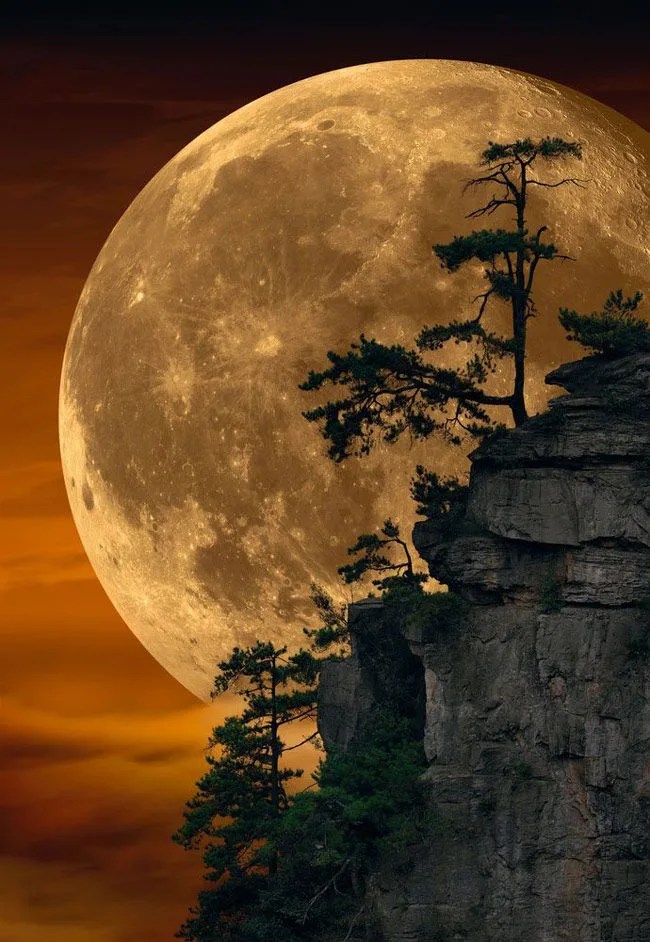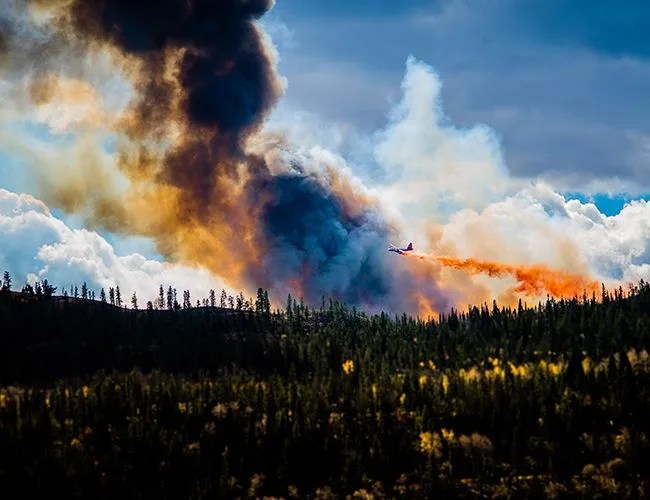You don’t have to go particularly deep into Instagram to find photos that are, well, kinda fishy. Maybe there’s a crescent Moon hung in the air in a convenient spot with stars sprinkled in an area that should be black — you know, because it should be the rest of the Moon. Or maybe there’s a dramatic, sun-filled valley in an impossibly perfect mountain range with a deer posed dramatically on a cliff about 15 feet from the camera, its head turned just so. Here’s a secret: it probably didn’t happen.
Photo manipulation has been a thing since the medium was born, when carefully wielded scissors and pencils did the work that photo editors — and, increasingly, mobile apps — do almost effortlessly today and with a degree of seamlessness that makes the alterations virtually undetectable. Today you can take a decent photo and make it 10 times better by replacing the sky with something you grabbed off the Internet, dropping in an animal you shot at the zoo; or by scooching elements left or right or up or down to achieve a perfect composition or an astonishing bit of symmetry. People love photos like this; it’s like catnip to the Instagram crowd.
And there’s nothing wrong with that. Unless, of course, you’re not being forthcoming about the work done to the image and you’re in a position where that’s deemed necessary. “The question is whether the person is saying the photos are not manipulated, or whether they’re just not being forthcoming,” says photographer Jared Polin, founder of froknowsphoto.com. “If they say they aren’t manipulations and are caught to be manipulated, then that’s a problem. But when a regular photographer is just editing their photos to make them look cool, you need to ask whether there’s any journalistic integrity needing to be upheld there. Or the standard might be if they do that and someone asks if the photo was manipulated, they say yes, this is the process I went through, etc.”
If you don’t disclose manipulation in your photography, that misleads your audience.
Among photojournalists, photo manipulation — even when disclosed — is frowned upon for good reason. Famed National Geographic photographer Steve McCurry came under fire just a few years ago when it was revealed that he’d manipulated many images by deleting or moving elements. But it’s increasingly becoming a problem among professional photographers on Instagram who make dramatic alterations to their photos without disclosing the fact that they’ve done so. Noted fine-art photographer Peter Lik also came under scrutiny earlier this year when the authenticity of an image he posted for sale was called into question.

The image — showing an enormous Moon behind a tree-lined cliff — was legitimately mind-blowing but seemed to be an impossible shot, based on the geometry of the image, the scale and the clarity and detail of the two widely disparate elements. “With Lik, if he’s purporting all his stuff is captured in-camera with no manipulation, then he needs to be dragged for that when it’s clearly not,” Polin said. “Of course, it’s up to people to decide whether they want to buy his work, but he is misleading if he’s telling people it’s one thing when it’s something else.”


